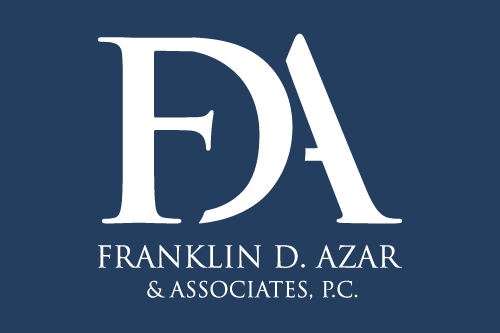Car buyers have not always been quick to seize on new safety innovations. Consider the seat belt, arguably the single greatest life-saving invention in the history of auto travel. Although seat belts have been around since the early 20th century, for many years motorists didn’t want them, convinced that they would make it harder to escape if their vehicle caught on fire or plunged into water. Seat belts didn’t become required equipment in most vehicles until the 1960s, and their use didn’t become mandatory in the United States until the 1980s.
Buyers were also leery of airbags when they were first introduced. But in the past two decades a flood of new technology has surged through the auto business, presenting consumers with many new options designed to make driving easier and safer. Some of these developments — including antilock brakes, traction control, special anchors for child safety seats, and tire pressure monitors — have become mandatory for all new passenger vehicles. But the new gear has become so formidable that the National Highway Traffic Safety Administration has launched a million-dollar media campaign seeking to educate drivers about new safety features and how to use them.
We’ve zeroed in on some of the most in-demand and useful new safety features below — all of them so helpful that you’ll wonder how you ever got by without them before. Some may soon become mandatory equipment, too, but if you’re in the market for a new ride, you should be on the lookout for them anyway.
AUTOMATIC EMERGENCY BRAKING
If a collision seems imminent and the driver isn’t slowing down, the AEB sensors will engage the brakes. Studies indicate such a system can lower the likelihood of a rear-end collision by as much as 50 percent — and nudge drowsy or distracted drivers to pay more attention to what’s right ahead of them.
FORWARD-COLLISION WARNING
While an AEB system takes over the brakes, a forward-collision system uses cameras, radars, or other sensor devices to detect objects that appear unexpectedly in your path — from abruptly stopped traffic to pedestrians to loose animals — and issues a visual, audible, or vibrating warning of an impending collision.
BLIND SPOT MONITORING
The monitoring system, using radar or video, picks up those vehicles hanging out in areas that your own side and rearview mirror checks might miss. Handy for insuring safe lane changes, particularly for larger vehicles. Some systems will automatically adjust speed and position to put distance between you and the lurker.
LANE-KEEPING SYSTEMS
Some of these systems beep at you when you start to drift out of your lane; others take the wheel and gently correct your course. Either way, it’s a winning situation for avoiding sideswipes.
REAR CROSS-TRAFFIC ALERT
Backup cameras have become a standard issue, but this is an improvement, providing a wide electronic sweep on either side of the vehicle as you’re backing out of a driveway or parking space. An approaching vehicle that enters the cross-traffic area triggers a visual or audible alert. Considering how many fender benders occur in parking lots with tough sightlines, this can be a major aggravation-saver.
THE CAR ACCIDENT LAWYERS AT FDAZAR
For more than thirty years the attorneys at Franklin D. Azar & Associates have helped thousands of injured people obtain complete and timely compensation for their losses. Our proven track record and expertise have allowed us to grow into the largest personal-injury law firm in Colorado, with offices in Denver, Aurora, Thornton, Fort Collins, Greeley, Grand Junction, Colorado Springs, and Pueblo. If you’ve been injured in a bus, car, truck, or motorcycle accident, you may be entitled to compensation. Please call the car accident attorneys at FDAzar day or night at 800-716-9032, or contact us here for a free consultation and no-obligation evaluation of your case.



